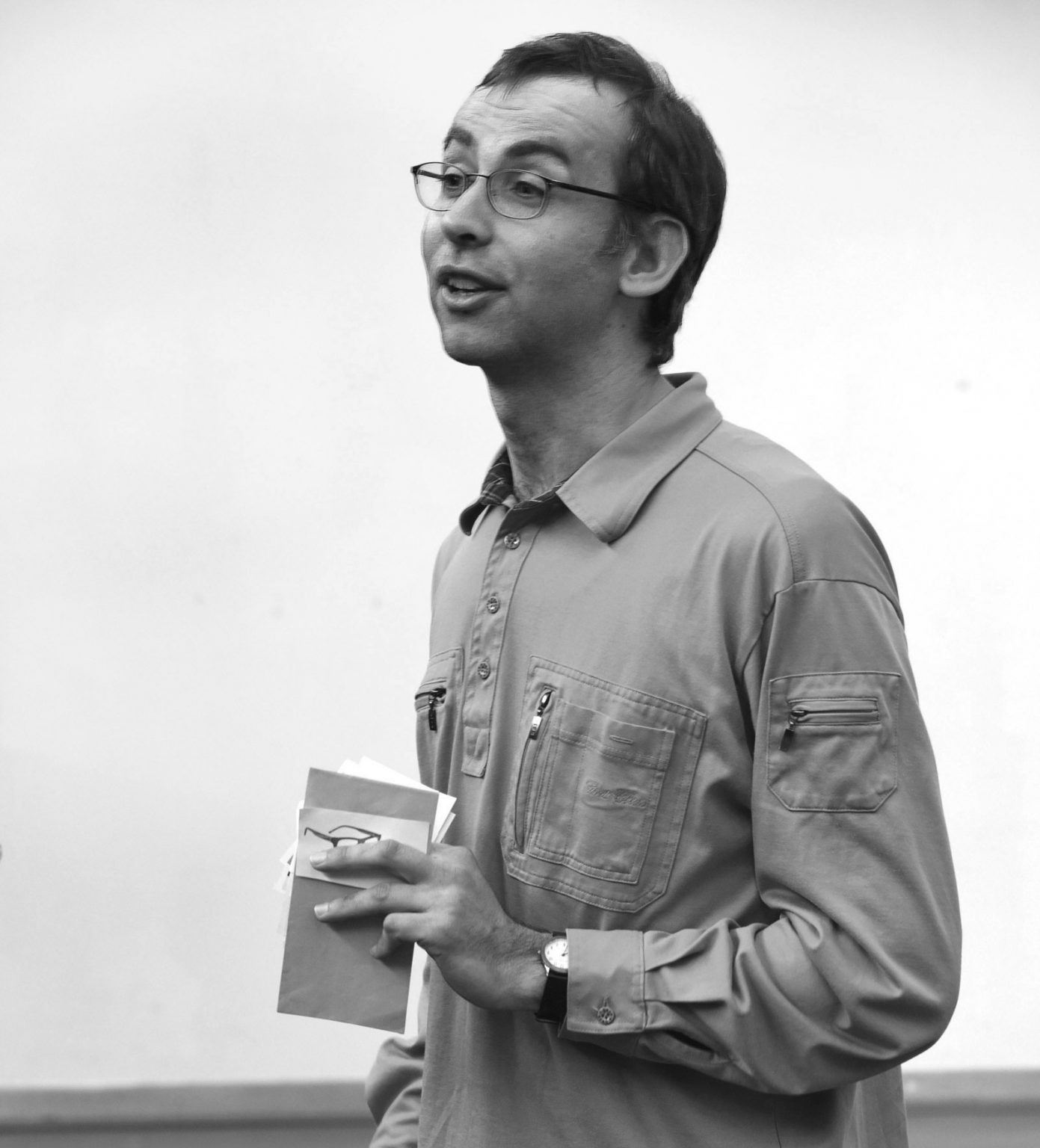SUSTAINABILITY LECTURE by CONRAD DORER
Halle – 08.04.2019
The German Environment Agency (Umweltbundesamt UBA) is an institution in Dessau that deals with environmental conditions. It is essentially divided into five departments: Strategies of sustainability; soil, water, air; production and consumption; chemicals and energy. About 1600 employees work at the German Environment Agency in Dessau.
Conrad Dorer’s lecture was divided into three large topics: the first part dealt with the conservation of resources in general and the consequences of environmental interventions by humans, some of which are also irreversible. This is often difficult because many environmental factors have to be considered at the same time because they are mutually dependent.
Our environment is a very complex structure of many different factors, which makes it difficult to assess the consequences of our actions/interventions. Here the CO2 balance is used as an example: it was calculated that we would have to reduce our emissions by 40% between 1990 and 2040 in order to avoid heavy air pollution. Germany has already reached 31%, but only by outsourcing many industries abroad and improving such industrial facilities. Worldwide, however, it leads to a one-third increase in pollutant emissions. This results in a global climate change, the consequences of which are difficult to assess so far. Furthermore, climate change is only one aspect and there could be other unknown consequences.
To illustrate how people would have to reduce their consumption there is a so called “Earth Overshoot Day”, that being the day on which all resources have been exhausted for one year and everything that is produced/consumed afterwards goes to the detriment of the earth.
Following calculations, the date is August 2 this year. This means that from 1 January to 2 August mankind consumed as much nature as the earth can renew in a year. In other words, we use the Earth 1.7 times faster than ecosystems can regenerate, which means we now need 1.7 Earths to meet our standard of living. To solve this central problem, there are different sustainability strategies: on the one hand, the efficiency of a product. Sufficiency is another area that deals with questions such as: What do you need? How much of something do you need?
Above all, however, it is a social question to the consumer society and its buying luck. Finally, there is consistency, which describes the recyclability of a product. In recycling management, it must generally be said that there is no such thing as a hundred-percent-cycle for a product, some resource is always lost and must be added again. Nevertheless, the circular-flow economy is a model that is very interested in the conservation of natural resources and is strongly concerned with the extent to which the value of a product can be maintained as long as possible. It also deals with reintegrating the material into the cycle after its lifetime.
It is also important to identify how often a product goes through the cycle. The life cycle assessment of a bag made from jute is much worse than that of a plastic bag due to the high water consumption required for cotton. This means you have to use a fabric bag 80 times to get the same eco-balance as a plastic bag.
‘Less is more, only when more is too much,’ Frank Lloyd Wright says. So less is not always better, because environmental factors are quickly ignored, such as cotton bags instead of plastic bags. In order to identify which products fulfill these aspects, there are various instruments: energy consumption labels, product tests, labels such as ‘Blauer Engel’ and the German Ecodesign Award which are intended to help identify which products are particularly considerate.

Great thanks to Conrad Dorer from the German Environment Agency
text: Leonhard Burmester, Viola Nauck, Sandro Wiegand
